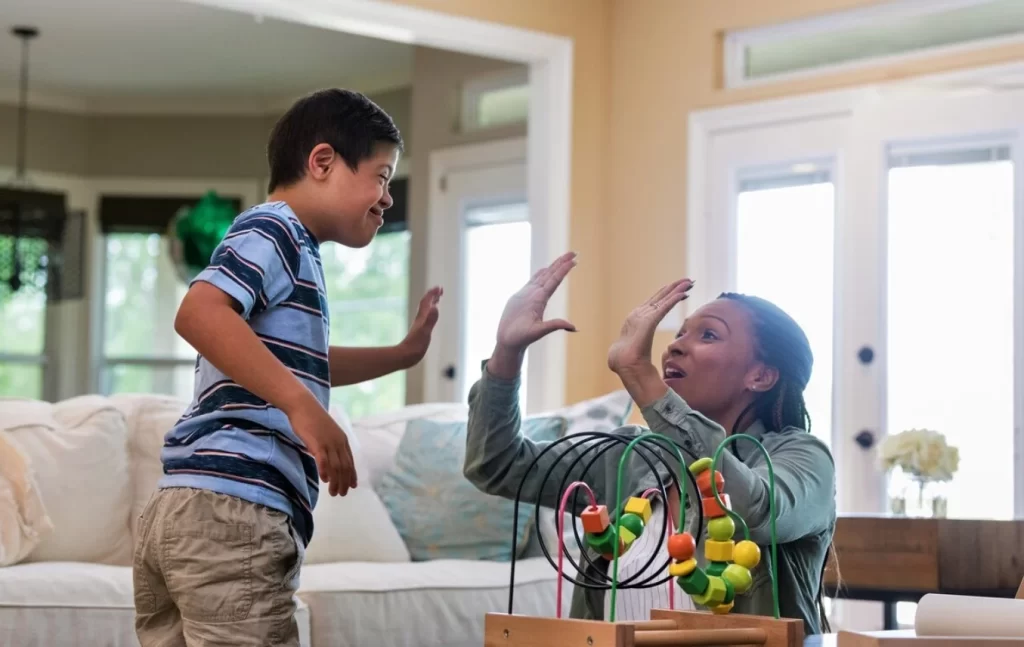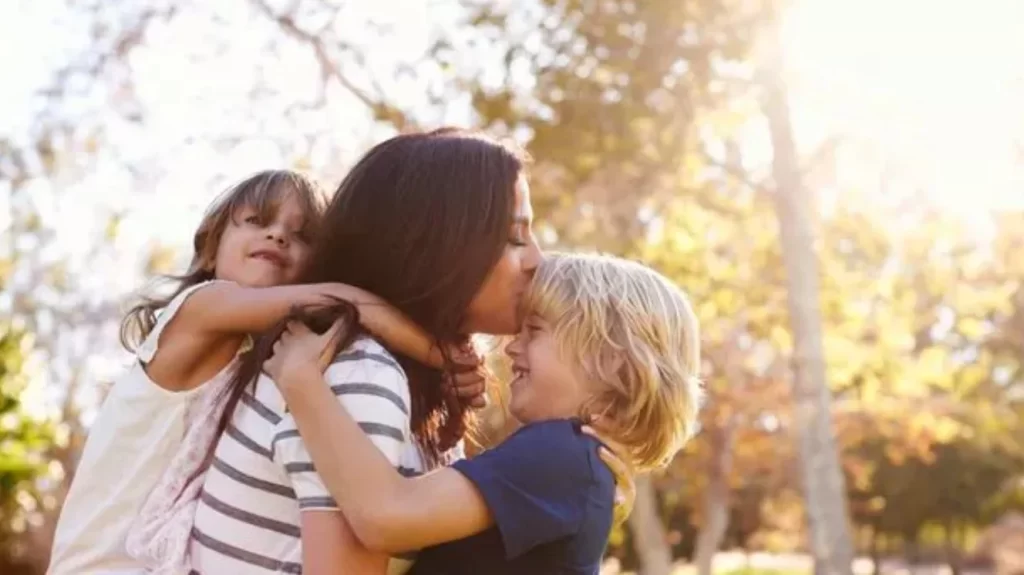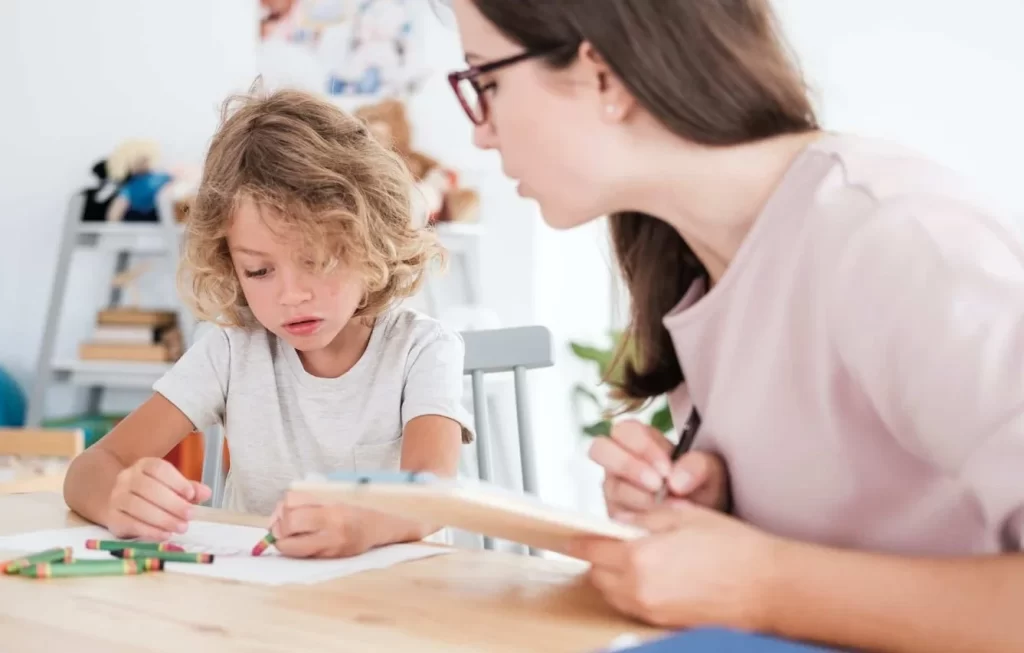9 Child Behavioral Therapy Techniques Parents Need to Know
While being a parent is an exciting journey, it may also involve tantrums, meltdowns, and tantrums that are meltdowns. This guide is a lifesaver if you’re feeling overpowered by hard behaviours. We’ll reveal nine Child Behavioral Therapy Techniques that parents may simply use at home—without the need for a therapist.
These methods, which include time-outs and positive reinforcement, can assist you as a parent in creating a calmer and more supportive environment for your child’s growth. Now let’s get started!
9 Child Behavioral Therapy Techniques
The journey of raising a child is filled with happiness, humor, and unavoidable difficulties. The advice of a Pediatric Behavioral therapist may be life-changing when conduct takes a turn for the worse. You may prepare your kid for success by using a toolset of research-proven methods that Pediatric Behavioral Therapy provides.
Inspired by the tenets of Cognitive Behavioral Therapy (CBT), this blog explores nine effective strategies that you may add to your positive parenting toolkit:
1. Positive Reinforcement

Imagine a child’s proud smile as they get a sticker for finishing their duties. Positive reinforcement works its magic in this way. Desired actions are reinforced when they are acknowledged and rewarded. It is like sowing the seed of excellent behavior, which eventually bears fruit.
Examples:
- Commend work and advancements: “You put a lot of effort into the artwork! The colors you picked are fantastic.”
- Offer particular incentives, such as, “We can watch your favorite movie tonight if you finish your homework without getting distracted.”
- Make sure your body language is positive: warm grins, thumbs up, and high fives work wonders!
2. Time-outs

A quick break might occasionally be just what a child—or parent—needs to get back on track with the help of behavioral therapy. Without using physical force, time-outs offer a peaceful environment for calming down and refocusing.
Do’s and Don’ts:
- Choose a calm, quiet spot: No distractions, just peace.
- Time it right: Don’t leave your child hanging for ages. One minute per year of age is a good starting point.
- Be clear and calm: Explain why the time-out is happening, but avoid arguments.
- Stay cool and collected: Don’t get dragged into power struggles during the time-out.
- Offer support after: Help your child process what happened and find a better way to handle things next time.
3. Ignoring Negative Attention

Tantrums and other attention-seeking behaviors may be frustrating. However, caving in may unintentionally encourage the practice. Your child learns that these strategies won’t bring them what they want if you ignore their unwanted attention.
Key Points:
- Remain composed and reliable. Refrain from shouting, making eye contact, or participating in the tantrum.
- Provide other strategies for attracting attention. The secret is to reward desired actions with positive reinforcement.
- Deal with the fundamental requirement. When the outburst has passed, gently talk about any messages your child might be attempting to convey.
4. Natural and Logical Consequences

Logical consequences are unambiguous, foreseeable reactions to misconduct, whereas natural consequences are the inevitabilities of our decisions. Both are not the same as punishment, which is centered on causing harm or discomfort.
Examples:
- Dispersed toys make it harder to discover them later. (Natural consequence)
- Missing schoolwork means less time for play. (Sensible consequence)
Tips:
- Make sure the penalties are just, age-appropriate, and connected to the wrongdoing.
- Before anything happens, calmly and clearly explain the implications.
- Rather than using consequences to humiliate or punish, use them as teaching moments.
5. Effective Communication

Any healthy connection, especially one between a parent and kid, is built on the foundation of open and honest communication. While preventing power conflicts and finger-pointing, “I” statements and active listening foster understanding and trust.
Communication Power Tools:
- Make eye contact and lower yourself to your child’s level.
- Pay close attention without interjecting.
- To communicate your demands and feelings, use “I” phrases. (e.g., “I feel frustrated when you interrupt me.” )
- Establish precise guidelines and expectations.
- Refrain from screaming, threatening, or calling names.
6. Modeling and Social Skills

Children are great observers and often imitate the actions they witness in others. You may impart important social skills like empathy, collaboration, and dispute resolution by setting an example of excellent behavior yourself.
Nurturing Social Butterflies:
- Practice social skills through role-playing exercises.
- Read aloud and talk about the feelings and deeds of the characters.
- Help your youngster find healthy methods to communicate their emotions.
7. Relaxation Techniques

Sometimes, children may behave in ways that show stress or anxiety. Fortunately, basic relaxation methods can provide individuals with the skills they need to control these feelings and achieve inner calm.
Breathing Partners:
- Teach deep breathing exercises: Inhale slowly through the nose, exhale slowly through the mouth. After every breath, count to four.
- Practice mindfulness activities: Focus on the present moment through body scans, guided visualizations, or mindful coloring.
- Incorporate relaxation into routines: Before bedtime, listen to calming music or read a soothing story together.
8. Creating a Positive Environment

A predictable and organized environment can foster the development of children. A sense of safety and the promotion of good behavior are achieved by establishing consistent routines and clear guidelines.
Building a Happy Haven:
- Develop predictable daily routines for meals, activities, and bedtime.
- Set clear rules and boundaries, and enforce them consistently.
- Create a calm and clutter-free home environment.
- Celebrate successes and milestones, fostering a sense of accomplishment.
9. Seeking Professional Help

Even while these child behavioral therapy techniques work, there are instances where seeking professional help from a therapist or counselor is preferable.
- Challenging behaviors persist despite your efforts.
- The behavior significantly impacts your child’s daily life or your family dynamic.
- You feel overwhelmed or unsure how to handle the situation.
A Helping Hand:
- Child & family behavior therapists can provide personalized guidance and support.
- Cognitive behavioral therapy (CBT) is a common and effective approach for child facing anxiety or ADHD, and other challenges.
- Many resources are available to help you find qualified therapists and access mental health services.
Remembering that parenting is a journey rather than a goal should be a priority. Effective child behavioral therapy techniques may be included into your parenting style to help you build a strong foundation for your kid’s future development and to help you maintain a good rapport with them.
What is Cognitive Behavioral Therapy?
Children can benefit momentarily from time-outs and other traditional kinds of punishment, but in order to help them acquire long-term emotional regulation, more education and participation are required.

Love, tolerance, and occasionally difficult conduct are the threads that make up a parent’s tapestry. Don’t worry, however! Our blog has shared nine effective strategies, such as best peaceful relaxation methods and positive reinforcement influenced by behavioral therapy for child, to help you sort through the clutter and craft a work of positive development.
Keep in mind that you are not alone yourself. Accept the power of positive parenting, and you two can create a beautiful mosaic of effective communication, a caring atmosphere, and a kid growing into their greatest self. If your tapestry needs extra threads of support, reach out to the skilled weavers of child & family behavior therapy.
FAQs
Anxiety, depression, ADHD, and disruptive behaviors can all be tackled with the right child behavioral therapy techniques.
No age is too early! Consult a therapist if your child’s behavior affects daily life or their well-being, even at preschool age.
CBT for ADHD trains attention, helps manage impulsivity, and builds emotional regulation skills to create calmer, more focused individuals.
Positive reinforcement, clear routines, and ignoring attention-seeking behaviors can work wonders. Consistency and patience are key!
Play therapy provides a safe space for children to express emotions, learn coping mechanisms, and develop healthy social skills through fun, creative activities.

